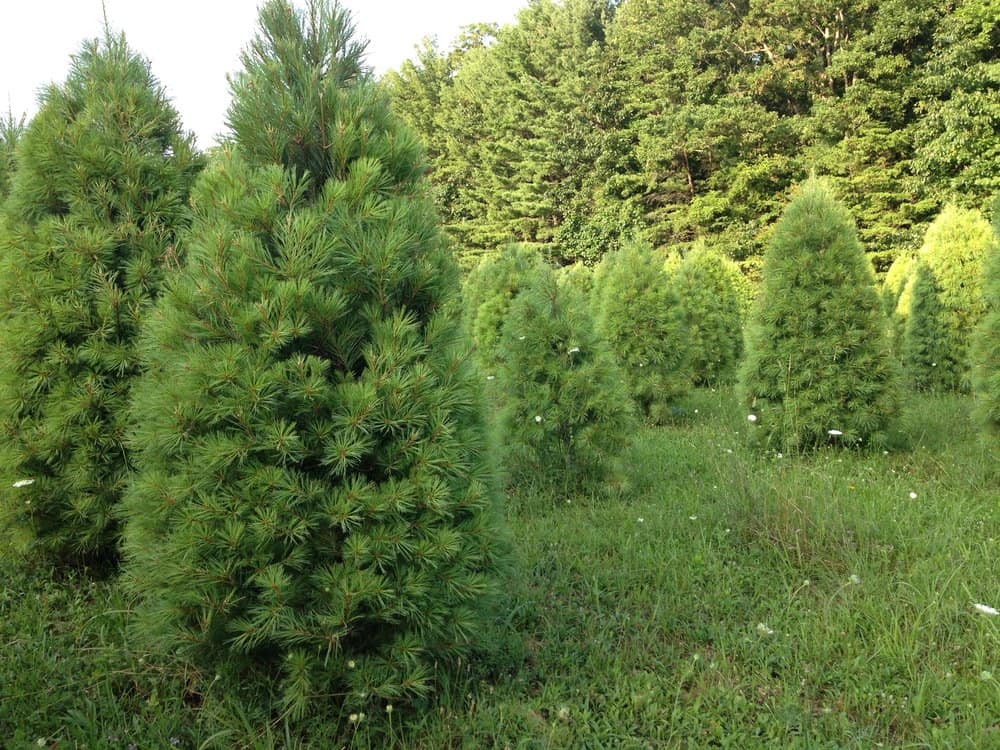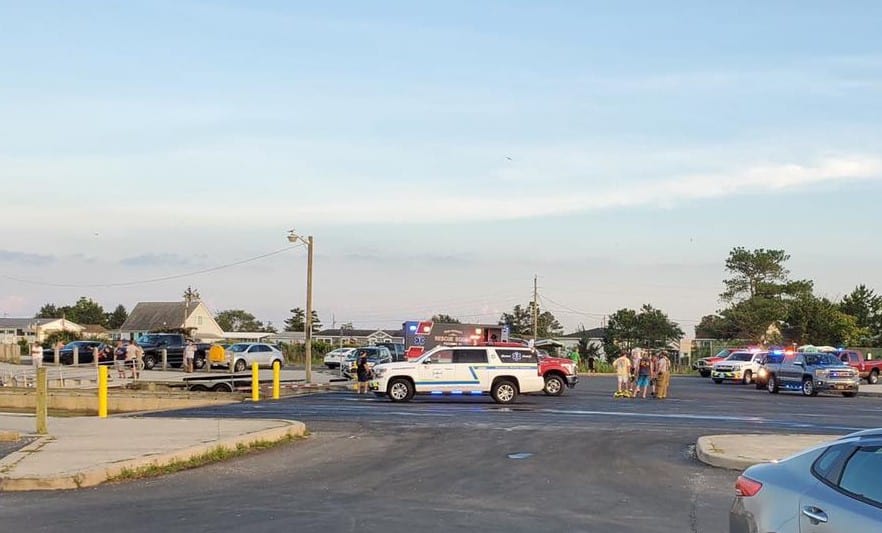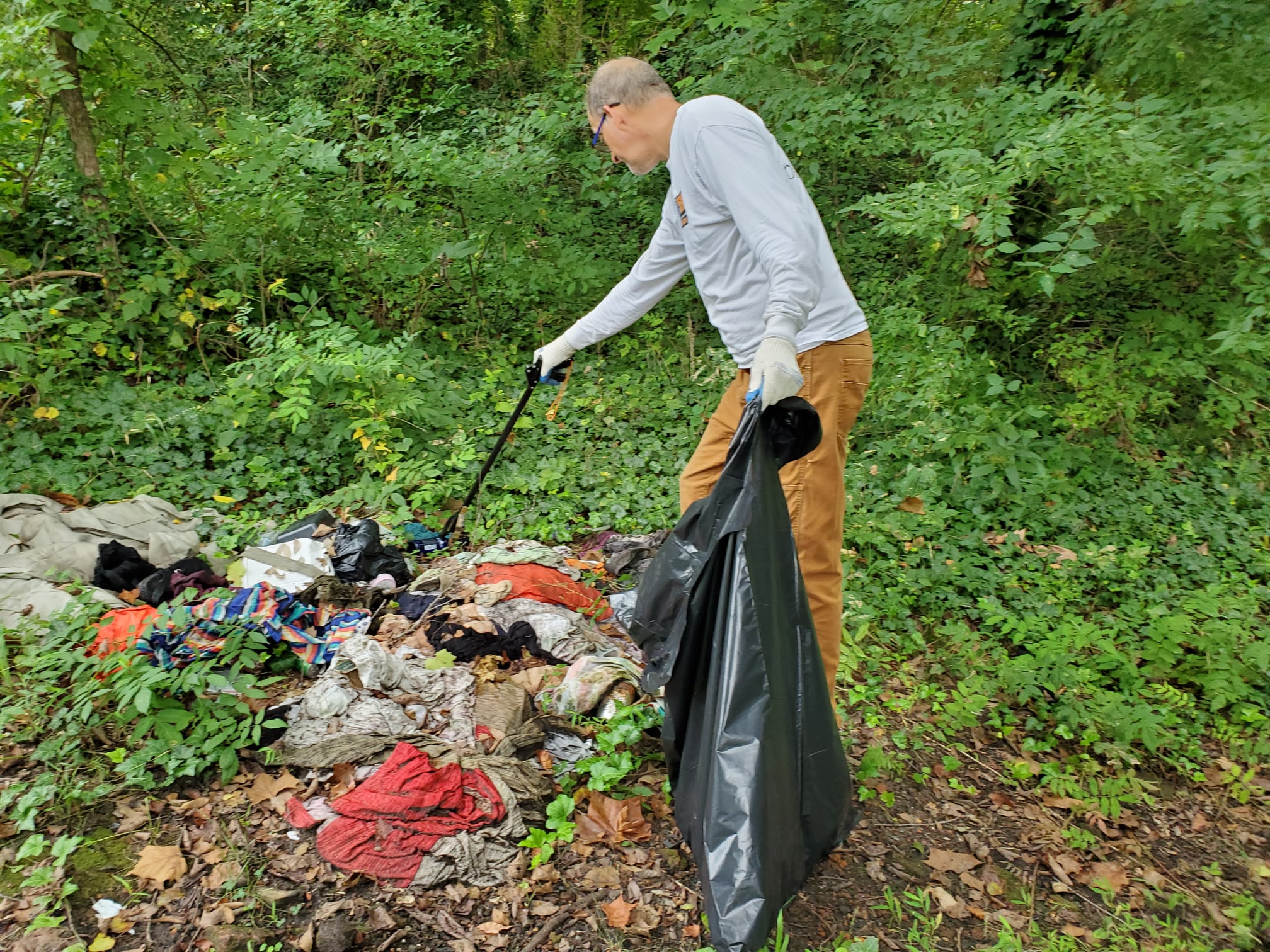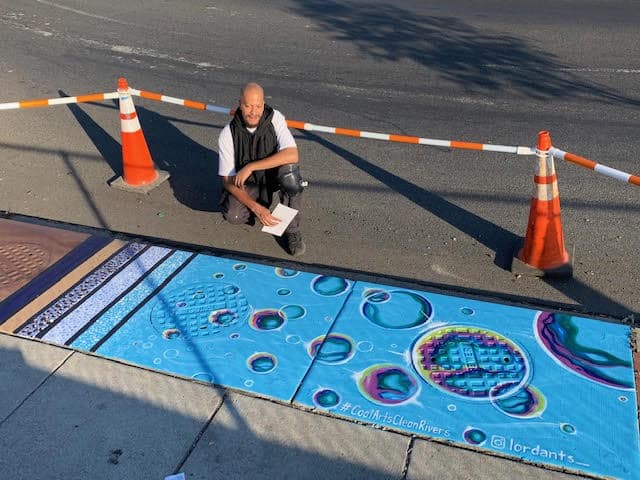If you’re torn between buying a real or artificial Christmas tree this year, the Chesapeake Bay Foundation (CBF) votes you go with a live one.
The Chesapeake Bay Foundation in Virginia points out it helps the local economy and the environment to buy a live tree and recycle it after the holidays.
“Real Christmas trees are a renewable resource that clean our air and water. After the holidays they should be planted, composted, or recycled into mulch,” said CBF Virginia Watershed Restoration Scientist Matt Kowalski.
According to the National Christmas Tree Association, the average artificial tree is used for just six to nine years before it starts taking up space in the local landfill. Because real trees are biodegradable, they can be recycled, rather than dumped in the landfill.
Most communities have recycling programs for trees, with some offering curbside pickup. Recycled trees are usually shredded into mulch for landscaping. You can also compost a tree at home.
“As they grow, real Christmas trees absorb carbon dioxide and release clean, fresh oxygen,” said Kowalski. “Like all trees, they reduce erosion and pollution by filtering and absorbing runoff before it reaches nearby rivers and streams.”
People can also buy a live Christmas tree in a container or burlap and plant it after the holidays, to reap those benefits year-round.
Virginia’s 489 Christmas tree farms produce about half a million trees per year, putting it in the top ten states for Christmas tree production in the nation. For a list of farms in Virginia, click here.
If you do go for a live tree this year, it’s imperative that you keep it watered, and check the water level daily. Trees must be kept away from fireplaces, heaters, and other sources of heat.




